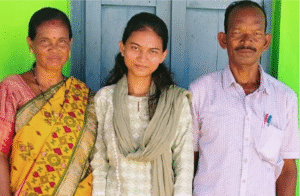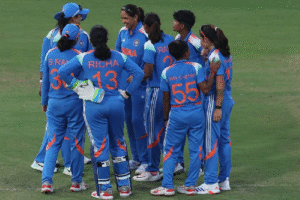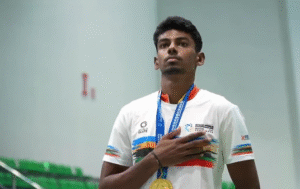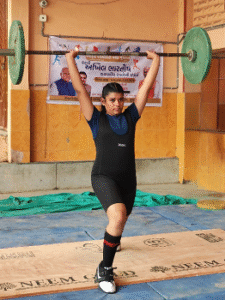Squadron Leader Rakesh Sharma made history as the first Indian cosmonaut to travel to space. His achievement remains one of the most significant milestones in India’s space history. Here’s a detailed look at his life and pioneering space journey:
Rakesh Sharma was born on January 13, 1949, in Patiala, Punjab, to a middle-class family. His father, Hari Sharma, was an engineer, and his mother was a housewife.
He completed his schooling in various schools across India. Rakesh Sharma went on to study aeronautical engineering at St. Xavier’s College, Mumbai and then pursued a career in aviation.
Rakesh Sharma joined the Indian Air Force (IAF) in 1966 and was commissioned as a pilot. He was known for his exemplary flying skills and quickly became a pilot officer in the fighter aircraft squadron.
During his time in the IAF, Sharma was trained to fly high-performance aircraft, which played a significant role in his future selection for space missions.
In 1982, the Indian government signed an agreement with the Soviet Union to send an Indian cosmonaut aboard a Soviet spacecraft. Rakesh Sharma was selected as the first Indian to be trained for space travel.
He trained at the Yuri Gagarin Cosmonaut Training Center in Russia (now part of the Russian Federal Space Agency). Sharma’s training involved physical, psychological, and technical preparation for space travel.
On April 3, 1984, Rakesh Sharma flew aboard the Soviet spacecraft Soyuz T-11. He was part of a joint mission between India and the Soviet Union. The spacecraft launched from Baikonur Cosmodrome in Kazakhstan.
Sharma spent eight days, 21 hours, and 40 minutes in space aboard the Salyut 7 space station. During his time in space, he conducted scientific experiments and took photographs of Earth, as well as performed various maintenance and operational tasks on the space station.
When asked by the then Prime Minister Indira Gandhi how India looked from space, Rakesh Sharma famously replied: “Saare Jahan Se Achha” (“Better than the entire world”).
This phrase became a symbol of national pride and is one of the most remembered quotes from an Indian astronaut or cosmonaut. After his return, Rakesh Sharma was hailed as a national hero. His achievement was celebrated across India, and he was warmly welcomed by the nation.Rakesh Sharma was awarded the Ashoka Chakra, India’s highest peacetime gallantry award, for his bravery and contribution to India’s space program. He was also honored with numerous accolades, including honorary doctorates and recognition from various national and international space organizations. After his historic space journey, Sharma continued to serve in the Indian Air Force and eventually retired as a Squadron Leader. Following his retirement from the IAF, Rakesh Sharma took on various roles in public and private sectors. He served as the Vice President of a public sector company and later engaged with several projects related to space science and technology. Sharma remained an advocate for India’s space programs, contributing to various initiatives and encouraging the next generation to pursue careers in space exploration and science.Rakesh Sharma’s journey to space remains a source of immense pride for India. His success inspired countless young Indians to pursue careers in science, technology, engineering, and mathematics (STEM), especially in the fields of space research and aviation. Sharma’s historic flight also contributed to the early stages of India’s burgeoning space program, which has since achieved remarkable successes, including the Mars Orbiter Mission (Mangalyaan) and the Chandrayaan missions.
Rakesh Sharma continues to be involved in various space-related initiatives and speaks at various forums about his experiences and the potential for future space exploration. His contributions helped pave the way for India’s increasing presence in space research.
Rakesh Sharma’s historic mission not only made India proud but also cemented his place in the annals of space history. Would you like more details about his journey, the specifics of the Soyuz T-11 mission, or India’s subsequent space exploration milestones?







